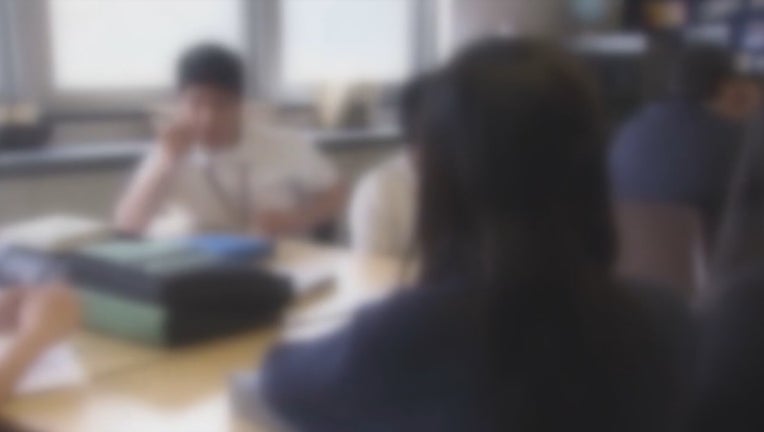Through videos, apps and mobile clinics, Minnesota's school-based health centers adapt during pandemic

ST. PAUL, Minn. (FOX 9) - School-based health clinics help thousands of kids each year, but with the pandemic, groups need to get creative to continue to help them.
“It’s a place kids can come in and get access to care,” said Dr. Abbe Penziner-Bokde, a pediatrician with the Minnesota School-Based Health Alliance. “It is safe. It’s convenient and it’s a trusted resource.”

School-based health centers adapt during pandemic
School-based health clinics help thousands of kids each year, but with the pandemic, groups need to get creative to continue to help them.
School-based health centers provide everything from physicals to mental health support. When COVID-19 hit, those clinics inside schools had to change how they reach students.
“I think the biggest demand for us right now is to be flexible and creative,” said Sandy Naughton, of Minnesota Community Care.
Minnesota Community Care runs 10 clinics inside of St. Paul Public High Schools. There are also health centers in some Minneapolis and other Twin Cities metro area high schools run by community partners.
They are worried some student medical needs are not being taken care of right now with children out of school and not going back in the same way come fall.
“We already know things are being missed,” said Naughton. “We’re already hearing things are being missed.”
The clinics are using telemedicine to connect. They’ve also made videos, are working on an app and they’re about to become mobile.
“Instead of expecting young people to come to us, we’re going to figure out how we can go to them,” said Shawna Hedlund, of Minnesota Community Care.
They want families to know they are here to take care of student health needs, even if everything looks very different.
“If you have a child in school with a school-based health center, there are many people behind the scenes working hard to make sure care is still available in some for,” said Penziner-Bokde.
Minnesota Community Care has two locations now open in St. Paul at Harding High School and Gordan Parks. They hope to have more clinics open this fall.
While their focus has typically been on older middle-to-high school-age students, they’re not turning away other family members, whether that’s younger kids or adults who may need care.
If they can’t help, they say they hope to point people in the right direction.

